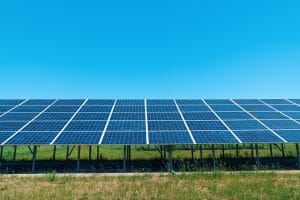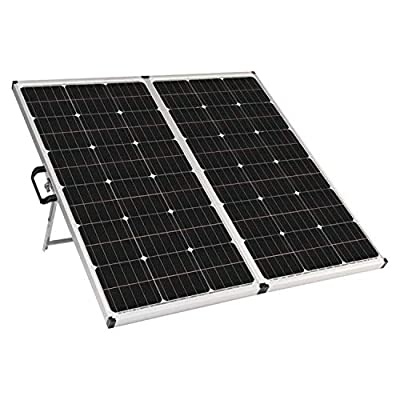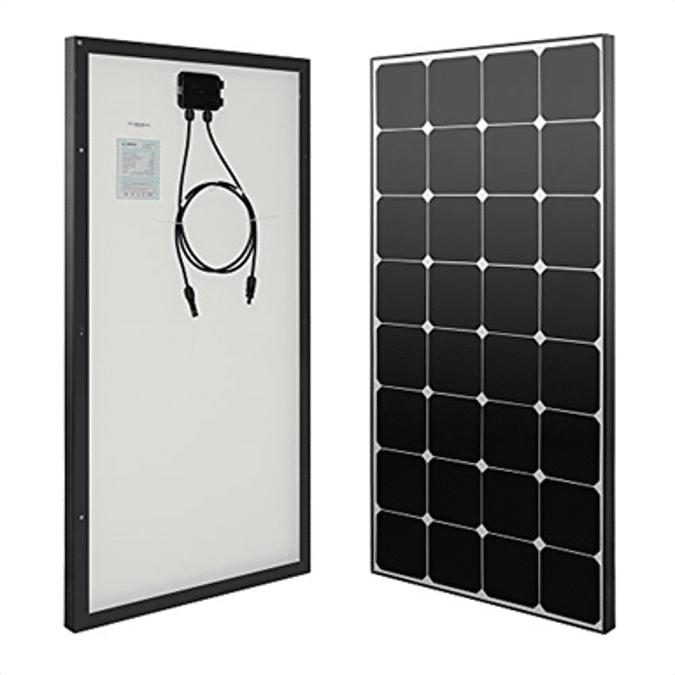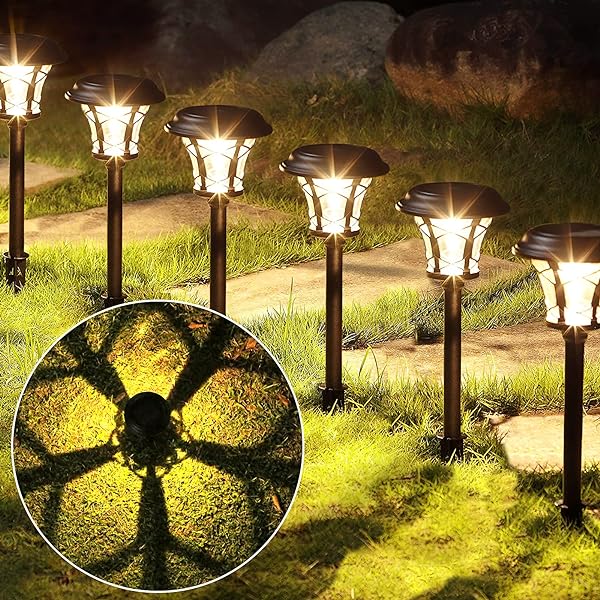The state solar tariff for feeding self-generated solar power into the public grid is steadily falling. It is currently 9.72 cents (ct) per kilowatt hour (kWh) for smaller systems up to 10 kilowatt peak (kWp) (as of February 2020). Nevertheless, the new installation of a photovoltaic system will also pay off in 2020: namely, if you consume the majority of the solar power you have generated yourself. You lower your electricity bill, because your own consumption reduces the amount of electricity you get from the grid to supply your household with electricity. If you buy a PV system up to 10 kWp, you do not have to pay a tax for your own consumption. State subsidies also speak in favor of PV electricity for self-consumption in 2020, for example for electricity storage that you need,
Is it worth buying a photovoltaic system in 2020?
While for some the carbon footprint of solar power generation is reason enough to answer the question with a clear “Yes! Answering photovoltaics is always worthwhile! ”, Put other economic aspects in the foreground and ask what the acquisition and operation of the system will cost over the years, in order to then offset these costs with the expected feed-in tariff and / or the expected savings in mains electricity . We’ll do the math for you .
Does a photovoltaic system pay off in 2020?
If you want to buy a PV system in 2020, you need to know that the times are over when the full feed-in of the self-generated solar power could generate a rich return as soon as the system had paid for itself economically after eight to ten years.
Falling feed-in tariffs make full feed-in less lucrative
The feed-in tariff that up once lay at about 30 cents per kWh, is now for smaller plants, which are common on single-family homes, depending on the system size ct only still 9.72 / kWh for 20 years (as of February 2020 ). The current feed-in tariff can be found on the website of the Federal Network Agency .
Good return thanks to feed-in and self-consumption happens with power feed into the network
and with own consumption
Can generate income. Although the legislature cuts both business models with a bundle of measures, good returns are possible due to the sharp drop in prices for PV modules . According to the ISE, this also applies to PV systems with little or no self-consumption . The self-consumption pays off, the greater the difference between the purchase costs for electricity and the electricity production costs (see below) of the PV system .

Calculation example 1: This is how photovoltaics pay off – thanks to self-consumption
The Focus provides an illustrative example of how and how photovoltaics pay off due to self-consumption . The weekly magazine writes that a kWh of solar power – generated with the help of a modern PV system – costs the operator between 11 and 13 cents depending on the orientation of the roof area and the complexity of the fastening (see also production costs below). This means that the self-generated solar power is only half as expensive as utility power from the socket . The focus sees interesting opportunities especially for small PV systems on private houses- even without great support. The decisive factor is therefore how much specially generated solar power the house residents could use themselves. According to the calculation example of the Focus, 8 percent return on equity is quite possible :
In his sample calculation , the focus assumes a 4-person household, which consumes 4,500 kilowatt hours (kWh) of electricity per year . According to this, the household could already save almost 500 euros with a PV system that had a maximum output of 4 kWp in the first year if the system covered 38 percent of the electricity requirement (self-consumption share ).
Solar Energy Engineers confirm to Focus that self-consumption of 38 percent is quite realistic today . It could be realized during the day if power guzzlers such as washing machines etc. were operated in a targeted manner. Interesting: E-mobiles on two and four wheels are a good way to increase your own consumption!
Seen over the 20-year term of the system and assuming that electricity prices will continue to rise in the future, the self-consumption would bring the example household a total saving of more than 10,000 euros . This relieves the household budget and more than makes up for the acquisition costs. Such a system would pay for itself in just nine years . The return on equity used would be 7.9 percent and would be significantly higher than with current time deposit offers . The smaller the investment, the higher the return. The following applies: With an increasing share of self-consumption, the return also increases. Nothing fundamental has changed in this relation, although the numbers with which the focus operated in the example are no longer correct. In the following calculation example 2 you can see how such a calculation could look today.
Calculation example 2: This is how photovoltaics 2020 pays off – with and without loan financing
Our table below shows you how you can calculate the payback period of a PV system using the example of a 5 kWP solar system that generates optimal yields on a roof facing 30 degrees south. There are three options: financing your photovoltaic system entirely out of your own pocket or with the help of loans that cover either 50 or 100 percent of the total investment (program 270, effective interest rate 1.03% (as of February 2020), term 10 Years.
The payback period depends crucially on how the ratio between self-used and fed-in electricity is chosen. This can be ten years for cheap purchases, complete self-consumption of electricity and self-financing, for more expensive purchases, complete external financing and external use of electricity. These are, of course, the extreme positions: Many combinations are worthwhile! However, the example shows how important an accurate return calculation is in advance.
Electricity storage systems make the “self-consumption” operator model possible
If there is no storage, the ISE’s potential for self-consumption depends on the generation and consumption profile: Depending on the size of the PV system, households would achieve 20 to 40 percent of the electricity generated.
There is no general answer to the question of whether it is worth buying a PV system with 2020 storage . Nonetheless, it is clear that an electricity storage system can double its own consumption and thus reduce the amount of electricity it consumes . A differentiated answer to the question is necessary because electricity storage is not the same as electricity storage :
The currently used cheaper lead acid batteries are limited to 2,000 charging cycles and their depth of discharge is 50 percent. So you can only use half of the buffered solar power for your own consumption.
Lithium storage , on the other hand, is more efficient, with up to 6,000 charging cycles it is considerably more durable and you can use up to 90 percent of the stored electricity – but they are also more expensive at 6,000 to 15,000 euros.
A solar energy storage is worthwhile for you if
You buy a new PV system .
You consume most of the self- generated solar power yourself .
You are looking for independence from energy suppliers and rising electricity prices .
You value renewable electricity .
You choose a solar power storage with high life expectancy .
If, on the other hand, your PV system has been in operation for a long time and you do not mainly use the electricity yourself , it is advisable not to integrate a solar energy storage system or only to integrate it when the guaranteed feed-in tariff is no longer paid .
All those who already use their own generated solar power can be said: The purchase of an storage system is already worthwhile .
Production costs vs. Feed-in tariff
The ISE estimates the electricity generation costs according to the capital value method at 10 to 13 ct / kWh. This means the price at which one kWh of electricity can be generated during the entire 20-year feed-in tariff. For which the ISE also notes in its facts collection that the yield of the PV system turns out to be higher in sunny regions than in poorer ones. The regional difference in the radiation is not, however, transferred 1: 1 to the specific yield, because the operating temperature of the modules or the duration of the snow cover also play a role.
For you as a potential PV system operator, this means you can use your system to generate usable solar electricity at a lower price than if you currently buy electricity from your network operator for an average of 30 ct / kWh (as of February 2020). Due to the feed-in tariff of 9.72 ct / kWh (as of February 2020), which is already numbered above, even with a full feed-in you will not get any great returns. Because you generate electricity for 10 to 13 ct / kWh and sell it for less than 13 ct / kWh. If you completely feed in the electricity you have generated,
a PV system is only worthwhile if it
stands in a sunny region and is optimally oriented towards the sun, is bought very cheap and consists of high-performance modules and inverters.
Conclusion
The self-consumption of solar power makes a PV system lucrative today. Because this means that electricity can be generated much more cheaply than it is offered by the network operator. With electricity prices likely to rise and, due to falling module prices, the production costs for self-generated electricity will also decrease, the photovoltaic system for self-consumption is even more worthwhile.
However, it must also be taken into account that the additional expenditure for an electricity storage and possibly smart building technology can increase the total cost of your electricity again. You should therefore strive for a good mix of self-consumption and feed-in.
Subsidies or solar loans also make it worthwhile to purchase a photovoltaic system. It is also advisable to obtain several offers to compare the prices for solar systems .





